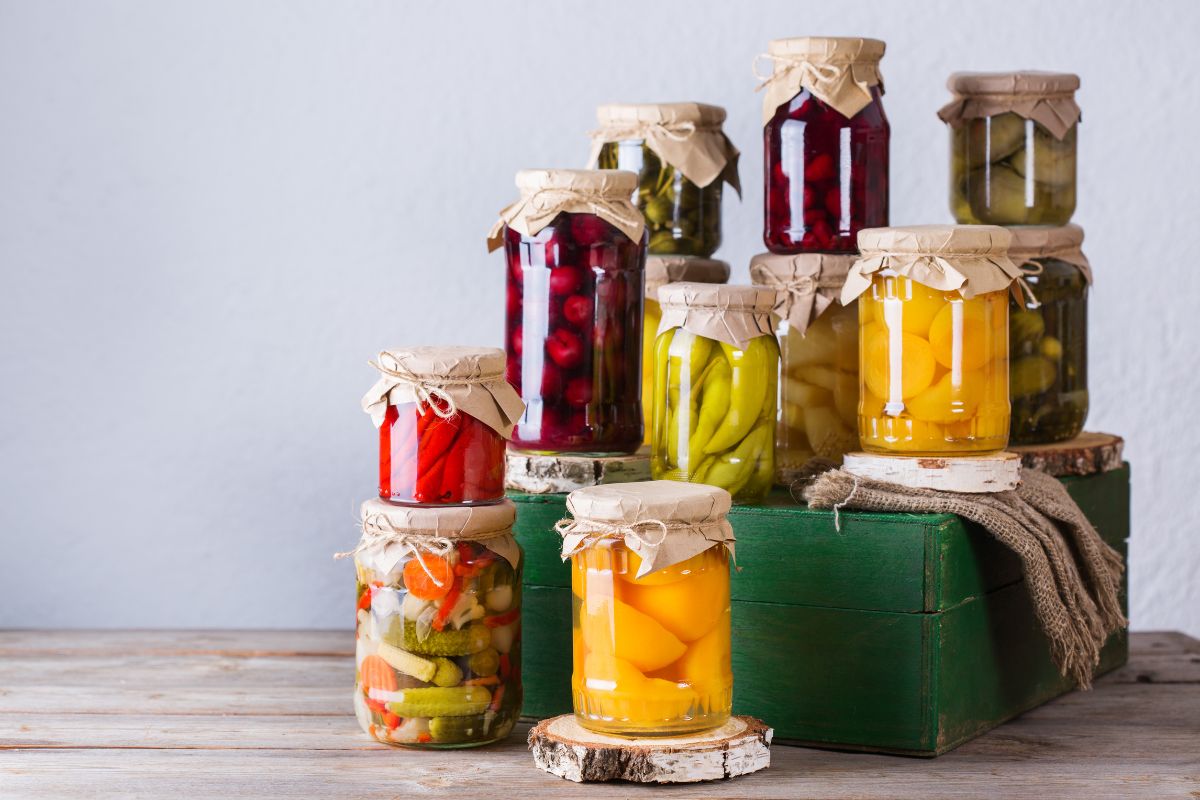Pickle Passion: Explore the Tangy World of Fermented Pickles

The Art of Making Fermented Pickles at Home
If you’ve ever enjoyed the tangy crunch of store-bought pickles, you might not know the satisfaction that comes from making your own fermented pickles at home. This simple process requires minimal ingredients and offers endless opportunities to experiment with flavors and techniques. Not only does it allow you to create unique taste experiences, but it also connects you to a time-honored tradition of food preservation.
Fermentation is an ancient method used for centuries to preserve and enhance food. It involves using natural bacteria found in vegetables and a saltwater brine to transform them. During this process, the bacteria convert sugars into lactic acid, which acts as a natural preservative. The result is a complex flavor profile that many people find appealing. In contrast, regular pickles are made by preserving vegetables in a mixture of vinegar, salt, and sugar, without going through the fermentation stage. Vinegar is the main preservative in these pickles, and they lack the probiotics that come from the fermentation process.
The benefits of fermented pickles go beyond just taste. They contain beneficial bacteria, known as probiotics, which can support digestion, balance gut flora, and even boost the immune system. This makes them a healthier alternative to traditional pickles, especially for those looking to incorporate more functional foods into their diet.
Understanding the Differences Between Fermented and Regular Pickles
To better understand the distinction between the two types, consider the following key differences:
- Fermented Pickles: Use a saltwater brine and natural bacteria to ferment the vegetables. This process enhances flavor and adds probiotics.
- Regular Pickles: Preserved in a vinegar-based solution without fermentation. They have a sharper, more acidic taste and lack the probiotic benefits.
This difference in preparation leads to different outcomes in terms of texture, flavor, and nutritional value.
A Brief History of Fermented Pickles
The practice of fermenting pickles dates back thousands of years, with records showing its use as early as the third century B.C.E. Over time, the technique spread across different regions, each adding their own unique twist. Pickles were not limited to cucumbers; they could be made from various vegetables, fruits, and even fish. This versatility has allowed fermented pickles to become a staple in many cuisines around the world.
Essential Equipment for Making Fermented Pickles
Starting your own fermented pickle project doesn’t require an extensive list of tools. Here’s what you’ll need:
- Fermentation Container: Choose a clean, non-reactive container such as a glass jar, stoneware crock, or food-grade plastic container.
- Knife or Food Processor: For cutting vegetables into desired sizes.
- Weights: To keep the vegetables submerged in the brine. Options include pie weights, a bag of water, or a plate.
Key Ingredients for Fermented Pickles
To make your own fermented pickles, you’ll need the following:
- Vegetables: Opt for firm, fresh, and unblemished produce. Cucumbers are traditional, but you can also try radishes, beets, green beans, and more.
- Salt: Use non-iodized salt like kosher or pickling salt. Iodized salt can interfere with the fermentation process.
- Flavorings: Common additions include dill, garlic, red peppers, and pickling spices. Get creative and mix up your favorite combinations.
Time and Temperature Considerations
Fermented pickles typically take 3 to 4 weeks to develop their full flavor, though this can vary depending on the vegetable. For example, cabbage may take longer than cucumbers. The ideal temperature range for fermentation is between 70°F and 75°F.
Storing and Shelf Life of Fermented Pickles
Once fermented, these pickles can last for one to two months if stored properly. The exact shelf life depends on the recipe and storage conditions. Refrigeration can help extend their freshness.
Fermented Pickles Around the World
Fermented pickles are a beloved part of many global cuisines. Some notable examples include:
- Japanese Tsukemono: These pickles often feature vegetables like cucumbers, radishes, or eggplants and are commonly served with rice.
- Indian Achar: Known for its spicy and vibrant flavors, Indian achar includes a mix of fruits and vegetables seasoned with spices like mustard seeds and red chili powder.
- Middle Eastern Torshi: Made from a variety of vegetables, torshi offers a tangy and savory flavor that pairs well with grilled meats and rice dishes.
Creative Uses for Fermented Pickles
Fermented pickles can add a burst of flavor and nutrition to a wide range of dishes. Here are some ideas:
- Sandwiches and Salads: Replace regular pickles with fermented ones for a tangy kick. Try adding them to hot dogs, burgers, or classic potato salads.
- Appetizers and Charcuterie Boards: Enjoy them on their own or pair them with crackers, cheese, and cured meats for a flavorful spread.
- Snacks: They make a great healthy snack on their own or with other finger foods.
Experimenting with different flavor profiles, such as those with mustard seeds or peppercorns, can add even more variety to your meals.
Tips for Successful Fermentation
While the process is straightforward, there are a few tips to keep in mind:
- Keep your containers clean and free of contaminants.
- Monitor the temperature and ensure the vegetables remain submerged in the brine.
- Be patient and allow enough time for the fermentation process to complete.
By following these guidelines, you can enjoy the delicious and nutritious benefits of homemade fermented pickles. Whether you’re a seasoned cook or a beginner, the journey of making your own pickles is both rewarding and enjoyable.
Post a Comment for "Pickle Passion: Explore the Tangy World of Fermented Pickles"
Post a Comment